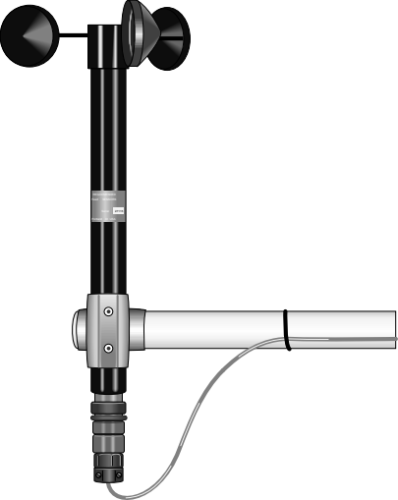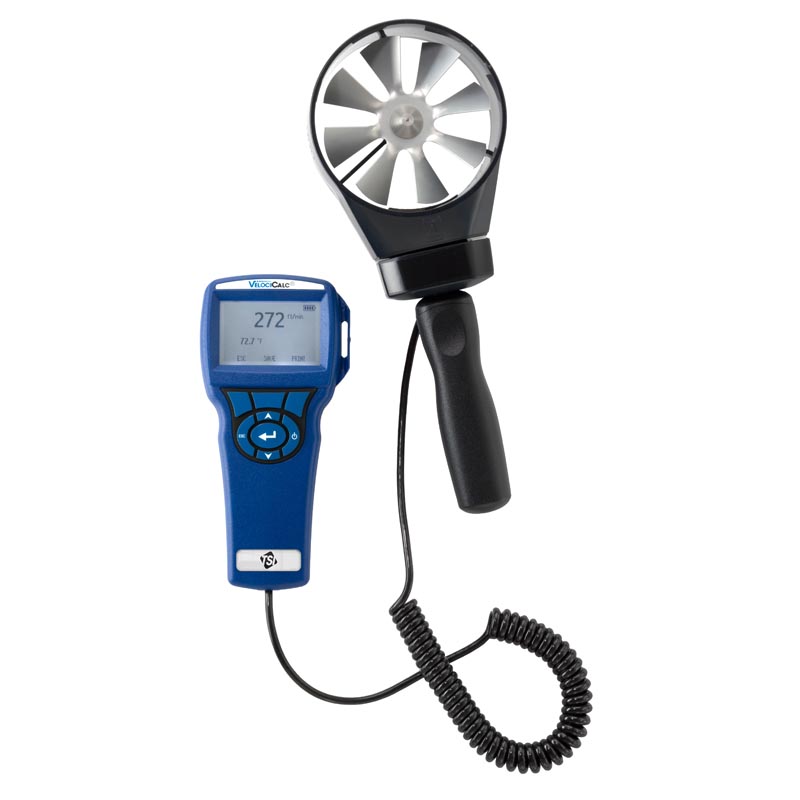Anemometers Revealed: Comprehending Their Relevance in Ecological Surveillance and Precaution
The function of anemometers in environmental surveillance and safety and security procedures is frequently underestimated, yet their relevance is indisputable. From meteorology to aeronautics safety, anemometers play an essential duty in providing precise data that notifies decision-making procedures and boosts general safety and security.
History of Anemometers
The advancement of anemometers can be traced back to the ancient worlds where rudimentary wind determining devices were very first made use of. These very early wind dimension tools laid the structure for the development of more innovative anemometers over time. Among the earliest recognized anemometers was the hemispherical cup anemometer designed by Leon Battista Alberti in the 15th century. This style included 4 hemispherical cups that gathered wind power, supplying a dimension of its intensity based on the rate of rotation.
Over the years, improvements in technology led to the advancement of more modern anemometers, consisting of ultrasonic anemometers and laser Doppler anemometers, offering enhanced precision and efficiency in measuring wind rate and instructions. The background of anemometers showcases an impressive trip of advancement and development in the field of weather forecasting.
Kinds of Anemometers
Throughout the area of weather forecasting, different types of anemometers have been created to accurately determine wind rate and instructions. One of the most typical kind is the cup anemometer, which is composed of three or 4 mugs installed on straight arms that rotate with the wind. As the mugs rotate, the speed at which they revolve is directly symmetrical to the wind speed. Another commonly used kind is the vane anemometer, which includes a tail or fin that aligns itself with the wind instructions. This positioning enables the device to establish the wind direction. Sonic anemometers make use of ultrasonic signals to determine wind rate and instructions accurately. They are generally utilized in research applications as a result of their high accuracy. Hot-wire anemometers operate based upon the principle that the cooling result of wind on a heated wire is symmetrical to the wind speed. These anemometers appropriate for measuring reduced wind speeds with high accuracy. Each sort of anemometer has its toughness and is selected based upon the certain demands of the surveillance task handy.
Applications in Meteorology
Having talked about the numerous sorts of anemometers used in weather forecasting for gauging wind rate and instructions, it is important to discover their sensible applications in the area. Anemometers play an important function in weather forecasting by providing accurate and real-time data on wind conditions (anemometer). Meteorologists utilize anemometers to check wind rate and instructions to anticipate climate patterns, concern cautions for severe climate occasions like hurricanes, hurricanes, and tornados, and examine weather for aeronautics safety
In weather forecasting, anemometers aid in comprehending regional and regional wind patterns, which are important for anticipating weather condition modifications and determining weather fads. These gadgets are also made click this use of in study to examine microclimates, urban warmth islands, and air contamination diffusion. Furthermore, anemometers are employed in farming to my company enhance crop monitoring techniques, such as watering and pesticide application, based upon wind conditions.
Importance in Aviation Safety
An integral facet of guaranteeing aeronautics security hinges on the meticulous surveillance of wind conditions making use of anemometers. Anemometers play a vital function in aviation by giving real-time data on wind rate and direction, helping pilots in making notified choices during liftoff, trip, and touchdown. Unpredictable and strong winds can substantially impact airplane procedures, making it necessary for air travel authorities to depend on exact wind measurements to ensure the safety and security of travelers and crew.

In the vibrant setting of air anemometer travel, where even minor modifications in wind rate and direction can have profound impacts, anemometers stand as essential tools for promoting safe and secure and risk-free flight.
Function in Environmental Research
Anemometers play a vital function in environmental research study by offering important data on wind rate and instructions. By precisely determining wind attributes, anemometers assist scientists assess the motion of pollutants in the air, examine the impact of industrial emissions, and anticipate the spread of contaminants in the atmosphere.


Conclusion
In conclusion, anemometers have played a vital role in environmental tracking and safety measures. Understanding the significance of anemometers is essential for accurately measuring wind rate and direction, which is vital for predicting weather patterns, guaranteeing safe air travel operations, and performing ecological researches.
One of the earliest known anemometers was the hemispherical cup anemometer invented by Leon Battista Alberti in the 15th century. Over the years, improvements in innovation led to the advancement of even more modern anemometers, including ultrasonic anemometers and laser Doppler anemometers, supplying increased accuracy and performance in gauging wind rate and direction. Hot-wire anemometers operate based on the concept that the cooling effect of wind on a warmed cord is proportional to the wind rate. Meteorologists utilize anemometers to keep track of wind rate and instructions to forecast weather condition patterns, issue cautions for serious climate events like twisters, cyclones, and storms, and evaluate atmospheric conditions for air travel safety.
Recognizing the relevance of anemometers is essential for precisely gauging wind rate and direction, which is vital for anticipating weather condition patterns, guaranteeing secure aviation procedures, and performing ecological research studies. (anemometer)